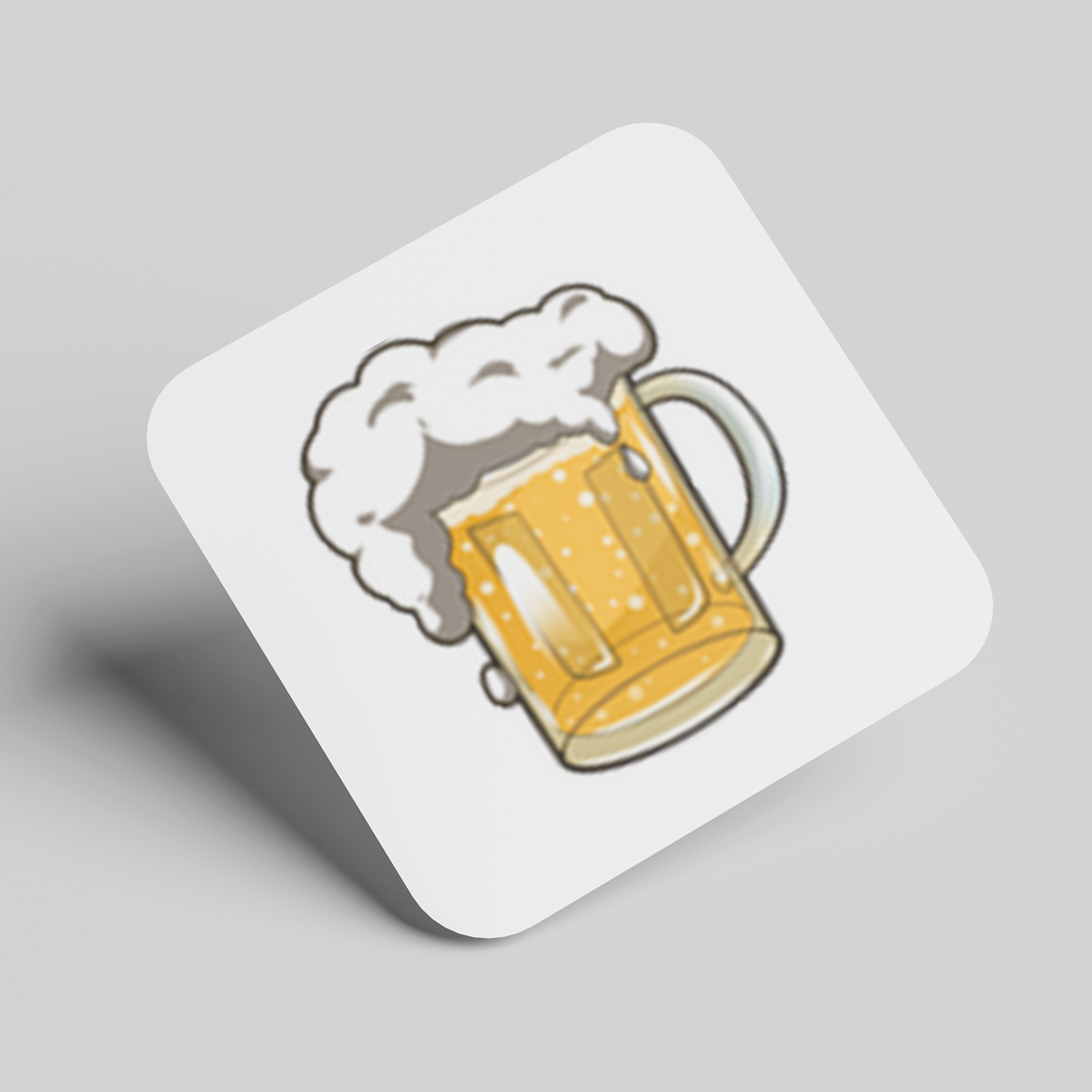Ranking Every Zelda Game: From Least to Most Epic
When it comes to ranking Nintendo's Legend of Zelda series, you're really just ranking a group of top-tier games. Even the worst entry is better than most other games. So don't get mad if your favorite is on the lower half of this list; it's standing alongside some of the all-time greats. That said, let's rank the mainline Zelda games from worst to best!
The Legend of Zelda: Skyward Sword (Wii)
Skyward Sword is very much emblematic of its time as a Wii exclusive. By the time it hit the market in 2011, the world had gotten bored of the system's motion control premise. Even with the Wii Motion Plus, Skyward Sword can be spotty with its motion control. Nintendo even opted to tweak its motion mechanics for the Switch remaster. It's an earnest attempt to build motion controls into an established format but remains pretty divisive to this day.
Zelda II: The Adventure of Link (NES)
The second Legend of Zelda game has always been a bit of an oddball. While it maintains the overhead view in its overworld, Zelda II trades it in for a side-scrolling format. It's a detour from the first game before it gets to Link to the Past, which would perfect much of what the original set out to do. Zelda II feels like a hypothetical of what the series could have been had it not pivoted back into the original direction.
The Legend of Zelda: Twilight Princess (GameCube/Wii)
Your feelings on Twilight Princess might largely depend on which system you played it on. The much-anticipated GameCube game ended up being ported to the Wii as a launch title. Whether you were swinging your controller or playing with the GameCube controller, Twilight Princess is still widely regarded for its darker tone and innovations like the Wolf Link transformation. It also introduced one of the series' best companion characters in Midna.
The Legend of Zelda (NES)
As the progenitor of everything that would follow it, the original Legend of Zelda still holds up as a blueprint for the story of Link and Zelda. Compared to all the games it spawned, it's a minimalistic take on the format. This minimalism gives it an even greater sense of mystery and adventure. While the lore has since colored in the spaces between, there's still magic in how unknowable the first Legend of Zelda feels.
The Legend of Zelda: Ocarina of Time (Nintendo 64)
Ocarina of Time was the moment for 3D Zelda to establish what the series would be moving forward. The original Nintendo 64 game might feel a bit generic now, but for its time, it revolutionized the series in the jump to 3D. Its design DNA can be felt even in games like Breath of the Wild. It established baseline truths about the world of Hyrule and its cultures that became the foundation for what we know the Zelda name to mean.
The Legend of Zelda: Majora's Mask (Nintendo 64)
Majora's Mask was Nintendo's moment to really riff on some cool design elements and themes. It has some of the most varied gameplay in the series thanks to Link's ability to transform into other forms using masks. Majora's Mask feels like one of the series' biggest sandboxes to play in. It's also one of Zelda's most pensive stories as civilization deals with an impending doomsday event. It's haunting, innovative, and hopeful by the end.
The Legend of Zelda: A Link to the Past (SNES)
A Link to the Past is the perfection of everything the series sought to do in the original game with the overhead format. It really started to color in the world in a way the original game didn't quite reach. A Link to the Past is something to aspire to even now, and plenty of retro-inspired indie games chase the high of this Super Nintendo classic.
The Legend of Zelda: Breath of the Wild
Breath of the Wild has been a fulcrum point for the open-world genre since it launched alongside the Switch. Every developer has been trying to capture the same lightning in a bottle Nintendo did. Breath of the Wild stands as a testament to open-world design being more than simply filling a map with stuff to do. There's a craft to how Nintendo has expanded Hyrule into a living world that most studios seem to only understand on a superficial level.
The Legend of Zelda: The Wind Waker (GameCube)
Wind Waker faced a lot of scrutiny for its cel-shaded visual style when it was first revealed. But time has been incredibly kind to Wind Waker. It remains a peak moment in the franchise for its stellar combat design and charming, animated take on the world of Hyrule. There's a youthful, adventurous heart to Wind Waker that remains a bright spot for the franchise even when it takes dark turns.
The Legend of Zelda: Tears of the Kingdom (Switch)
Following up Breath of the Wild is no small task. Tears of the Kingdom builds upon Breath of the Wild's foundations to stunning effect. The first game asks you to explore its open world to your heart's content. Tears of the Kingdom asks you to build something in all the empty spaces. It's all about experimentation, creative thinking, and problem-solving. Like its predecessor, it will be hugely influential to the next generation of open-world games.
Join Streamers Visuals to stay updated on Game News and buy Emotes, Sub Badges, Overlays, and more designs!














